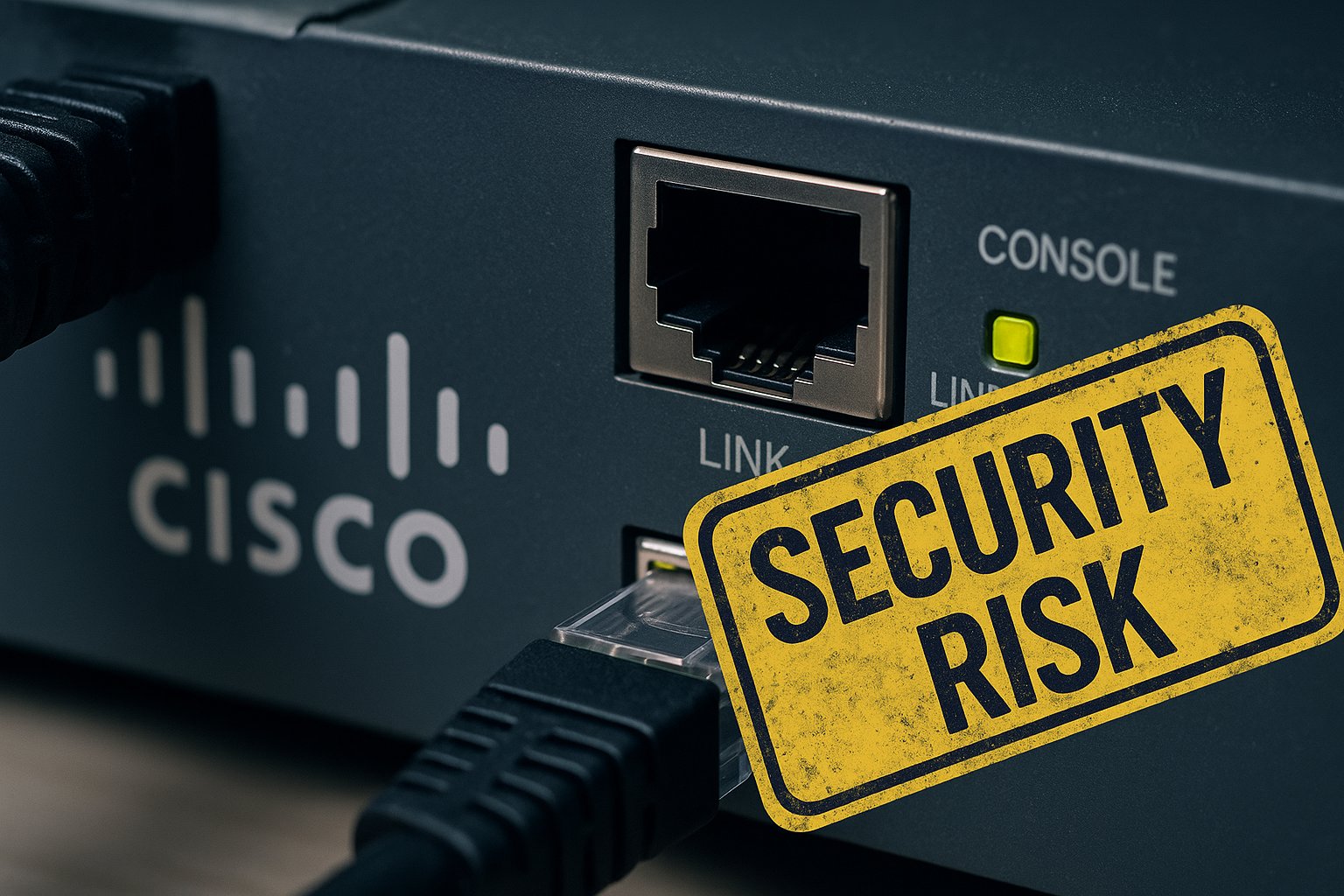Technical details regarding a critical Cisco IOS XE vulnerability, designated CVE-2025-20188, have recently been made public, raising concerns about the potential for weaponized exploitation. Although Horizon3’s report does not include a fully operational proof-of-concept exploit, it provides enough information for skilled attackers to target vulnerable systems effectively.
The flaw was originally disclosed by Cisco on May 7, 2025, as part of their ongoing commitment to security transparency. This vulnerability affects the IOS XE Software for Wireless LAN Controllers, allowing unauthorized users to upload files, conduct path traversal, and execute commands remotely with root access. The risk is particularly acute for devices that have the ‘Out-of-Band AP Image Download’ feature enabled, including various models of Catalyst Wireless Controllers and Embedded Wireless Controllers. More details can be found in the Cisco disclosure.
Horizon3’s analysis has uncovered that the flaw stems from a hard-coded JSON Web Token (JWT) fallback secret, which allows attackers to bypass authentication mechanisms easily. The problematic backend scripts used for file uploads fail to validate the JWT tokens correctly and fall back on a weak default string, “notfound.” As a result, attackers can forge valid tokens and execute harmful actions without legitimate access. The full breakdown of this analysis can be accessed on Horizon3’s website.
In a practical demonstration of the vulnerability, Horizon3 provides an example where an attacker sends an HTTP POST request to an endpoint, leveraging path traversal to manipulate system files. This exploitation could lead to the installation of web shells or unauthorized access to critical configuration files, thus facilitating broader network incursions. The researchers recommend that users take immediate action by upgrading to a patched version (17.12.04 or later) or temporarily disabling the Out-of-Band AP Image Download feature to mitigate risks.
The discovery of such a critical flaw highlights the ongoing risks associated with network device security and the importance of prompt patch management in contemporary IT environments.

